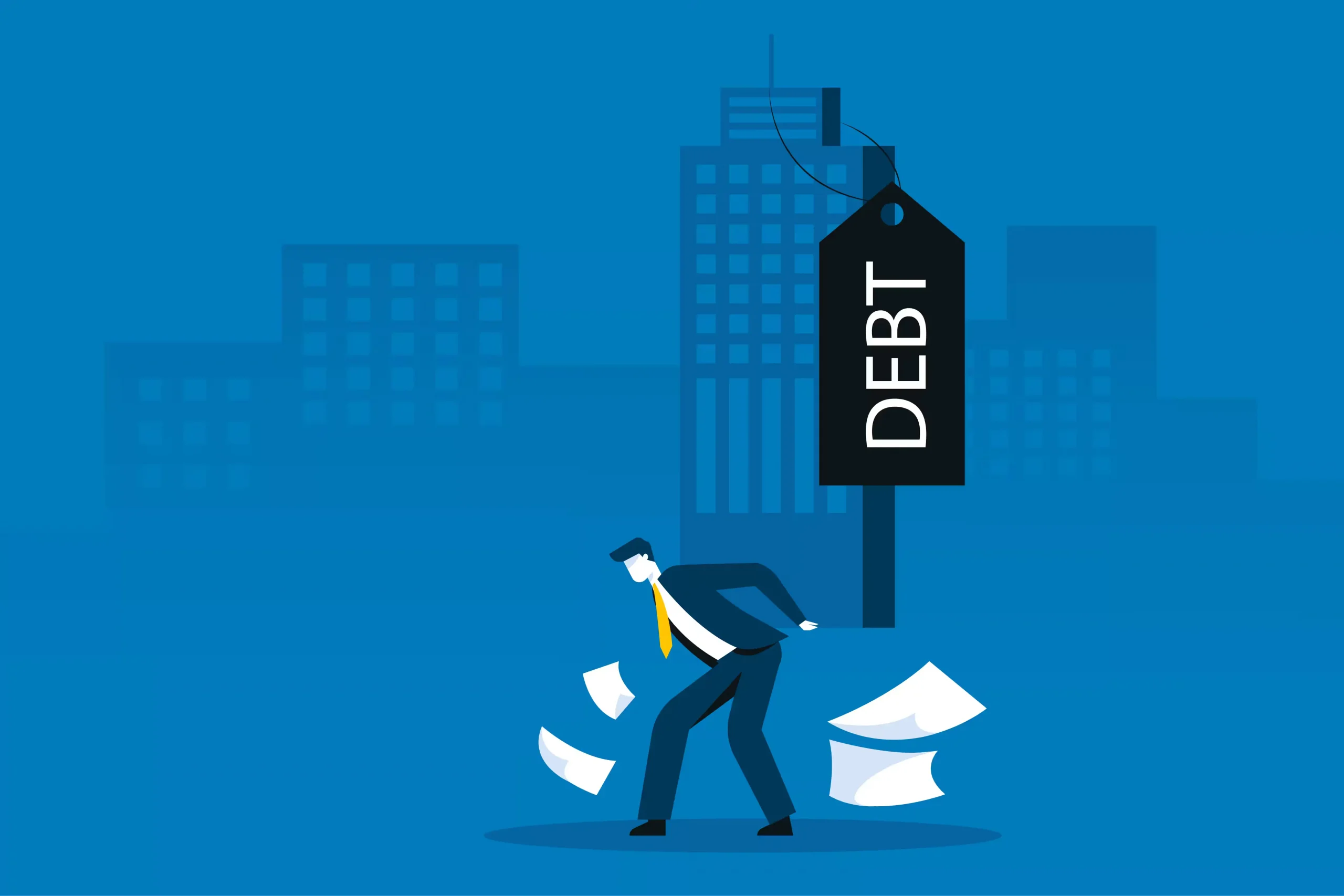Debt traps ensnare millions of Americans, leading to a cycle of borrowing and repayment that can seem impossible to escape. This blog dives deep into what constitutes a debt trap, how it affects individuals and the broader economic implications. From personal stories to expert advice, learn everything about managing and overcoming debt.

Debt traps represent a significant financial challenge, ensnaring millions with the promise of quick cash in exchange for future financial stability. This phenomenon is prevalent across the United States, where credit is readily accessible and often mismanaged. In this blog, we will explore the mechanisms of debt traps, their effects on individuals and the broader economic system, and provide practical advice for avoiding and managing overwhelming debt.
A debt trap occurs when an individual’s debt grows faster than their repayment capacity, often exacerbated by high interest rates and fees. Common triggers include payday loans, credit card debt, and high-interest loans. These financial products can seem helpful in the short term but often lead to long-term financial pain if not managed carefully. Understanding the terms and conditions of borrowing is crucial to avoid these pitfalls.
Statistical Overview
Statistics reveal that a significant portion of Americans are caught in debt traps. For instance, a 2019 survey found that over 70% of American households have some form of debt. Young adults and low-income families are particularly vulnerable, often using debt to cover basic expenses like housing, education, and medical care. These statistics not only highlight the scale of the issue but also underscore the need for comprehensive financial education.
Personal anecdotes make the impact of debt traps more tangible. For example, John, a 30-year-old teacher from Michigan, shares how payday loans spiraled into unmanageable debt over just a few months. These stories, complemented by expert analysis, help illustrate common mistakes and effective strategies for managing debt
Economic Impact
Debt traps do not only affect individuals; they have a profound impact on the national economy. High levels of consumer debt can lead to reduced spending, lower economic growth, and increased financial instability. During economic downturns, such as the 2008 financial crisis, these effects can be exacerbated, leading to widespread economic disruptions
The burden of debt is not only financial but also psychological and social. Chronic debt can lead to stress, depression, and anxiety. Socially, individuals may face stigma and isolation due to their financial struggles. Addressing these issues is crucial for holistic financial health.
The United States has various laws designed to protect consumers from predatory lending practices. However, enforcement can be inconsistent, and many individuals remain unaware of their rights. Understanding the legal landscape is essential for consumers to protect themselves from unfair practices and to know where to turn for help when they find themselves in a debt trap.
Solutions and Advice
Avoiding debt traps begins with education. Practical advice includes budgeting effectively, building an emergency fund, and understanding the full terms of any credit agreement. Additionally, several nonprofit organizations offer debt counseling and can negotiate with creditors on behalf of consumers to lower interest rates or consolidate debts.
The landscape of lending and debt is evolving, particularly with the rise of digital banking and fintech. Innovations such as automated saving tools and real-time spending trackers can help consumers manage their finances more effectively. Additionally, regulatory changes continue to shape the lending environment, aiming to offer better protection and more transparent terms for borrowers.
Conclusion
Understanding debt traps is essential for maintaining financial stability and health. By recognizing the signs and knowing how to manage or avoid such situations, individuals can protect their financial future and contribute to a healthier economy
We encourage readers to educate themselves further on financial management and to seek help if they are currently struggling with debt. Subscribing to our newsletter, attending financial literacy workshops, and using available resources can empower individuals to take control of their financial destiny.


Comments